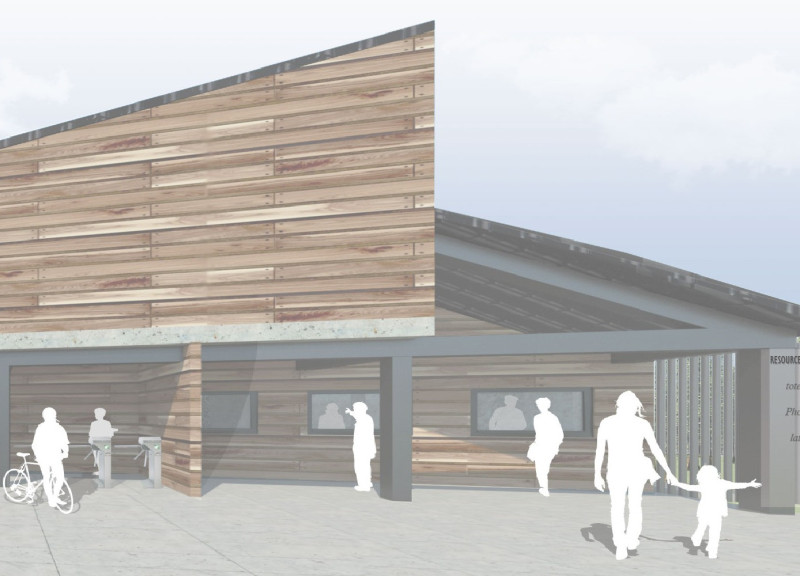5 key facts about this project
The Visitor Center at the Great Kemeri Bog in Latvia acts as a connection between city life and the natural environment. Located in a region known for its unique ecosystem, the center provides an informative base for visitors exploring the diverse wildlife and plants of the Kemeri Bogs. The design promotes an understanding of nature while guiding visitors through an experience that begins on the adjacent boardwalk promenade.
Spatial Organization
The center is designed with clear distinctions between public and private areas. The first floor is dedicated to spaces that accommodate a large number of visitors, while the second floor offers quieter areas for those wishing to reflect. This organization simplifies movement throughout the building, allowing guests to engage with exhibits without feeling crowded.
Visual Integration
Visual features within the design are carefully placed to lead visitors through the interior. Sculptures and paths are arranged to encourage exploration and highlight the connection between people and nature. Each element serves both a practical purpose and an artistic one, enhancing the overall experience of the center.
Material Usage
Materials selected for the center are important for both function and aesthetics. Metal surfaces provide strength and durability, suitable for an outdoor setting. Local wood planks are used thoughtfully, aligning with environmental sustainability. Concrete slabs support the structure while also helping maintain a comfortable indoor climate.
Vandalism Mitigation Strategies
To protect the building from vandalism, several strategies are employed. The design places public spaces around areas that may be more susceptible to damage. Materials are specifically treated to resist graffiti, making it easier to maintain the building's appearance over time. This approach reflects a focus on sustainability and long-term care.
Visitors can enjoy the café and terrace that extend into the forest canopy, offering extensive views. This feature creates a sense of openness, allowing nature to be part of the experience inside the center.






















































